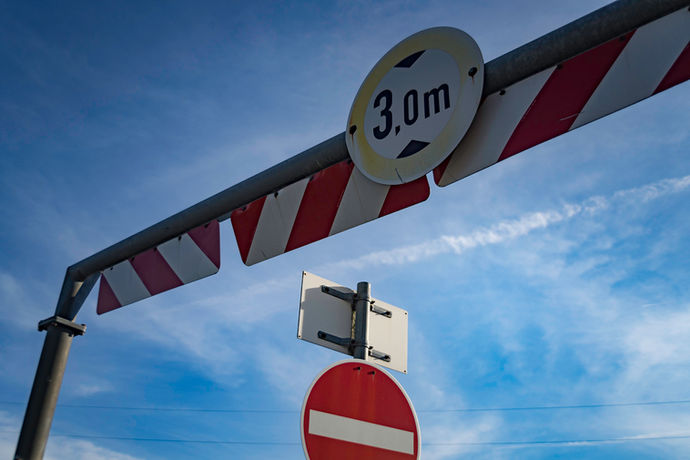
Carl Zeiss
Pro-Tessar(e)
on Sony E-Mount
Hi guys, thank you very much for your interest in my page about using the Carl Zeiss Pro-Tessar lenses on the Sony E bayonet.
I have already produced some videos for you on the use of these lenses on the Sony E bayonet - more will follow! The image gallery will also be continuously expanded when new lens tests of the Pro-Tessars have been published by me!
My first video introduces the adapter and its special features. In the second video I show you the mechanical and optical quality of the Zeiss Ikon Contaflex 4.0/35mm Pro-Tessar from Carl Zeiss, which I used on a Sony A7rIV.
Each of the Pro-Tessars built is made of metal and glass. There is neither a built-in helical gear nor an aperture. These are located in the focusable rear lens group of the Contaflex cameras built for analog photography or in the adapter used here. Due to this design, the lenses are extremely robust and it seems as if they are built to last.
I love the look and feel of them!

Carl Zeiss
Pro-Tessar(e)
on Sony E-Mount
A well-known weakness of many older lenses is the separation of lens groups.
Even the Carl Zeiss Pro-Tessars are not protected from this and my 4.0 35mm is also affected.
But what is separation all about?
Lenses consist of individual lenses that are either arranged free-standing and/or combined into groups. Hence the exemplary designation 9 lenses arranged in 6 groups. Lens putty is used to connect the individual lenses to form a group. This putty, which holds the elements together, tends to fail at the edges. The result is a visible effect that looks like oil on water. Separation is more of an aesthetic problem, unless the putty has completely dissolved and no longer holds the individual lenses together.

Carl Zeiss
Pro-Tessar(e)
on Sony E-Mount
Optical and mechanical quality of the 4.0 35mm:
The 4.0 35mm presented here, which came onto the market in 1956, has the following approximate data: it weighs 236 grams, is 6.5 centimeters long and has a maximum diameter of 6 centimeters. Screw-in filters of size 49mm can be used. Due to its construction as a set lens, the filter thread does not rotate when focusing.

Carl Zeiss
Pro-Tessar(e)
on Sony E-Mount
Optical and mechanical quality of the 4.0 35mm:
The lens calculation dates back to the 50s of the last century and I used the lens on a 60 megapixel camera, the Sony A7rIV.
It performs surprisingly well for this. However, the sharpness at open aperture is not satisfactory over the entire image field and the corners of the image stand out again, unfortunately not in a positive sense. It looks better stopped down one stop. A significant increase in performance can be seen at f/8, although the image corners are not sharp even at f/11. The maximum imaging performance is achieved at apertures 11 and 16. Stopping down further to 22 or 32, however, produces significantly poorer results due to diffraction blur. If the image corners are not important, are outside the depth of field and are only focused on the image center, you can use the lens from aperture 5.6, better 8, without hesitation.
The distortion is corrected very well, so that it rarely requires post-processing.
Unfortunately, I was unable to achieve aperture stars with this lens, but depending on the lighting situation, I was able to achieve a soap bubble bokeh.
Depending on the subject, vignetting is clearly visible. Even at aperture 11, this is still visible and requires software correction if it is perceived as disturbing.




































